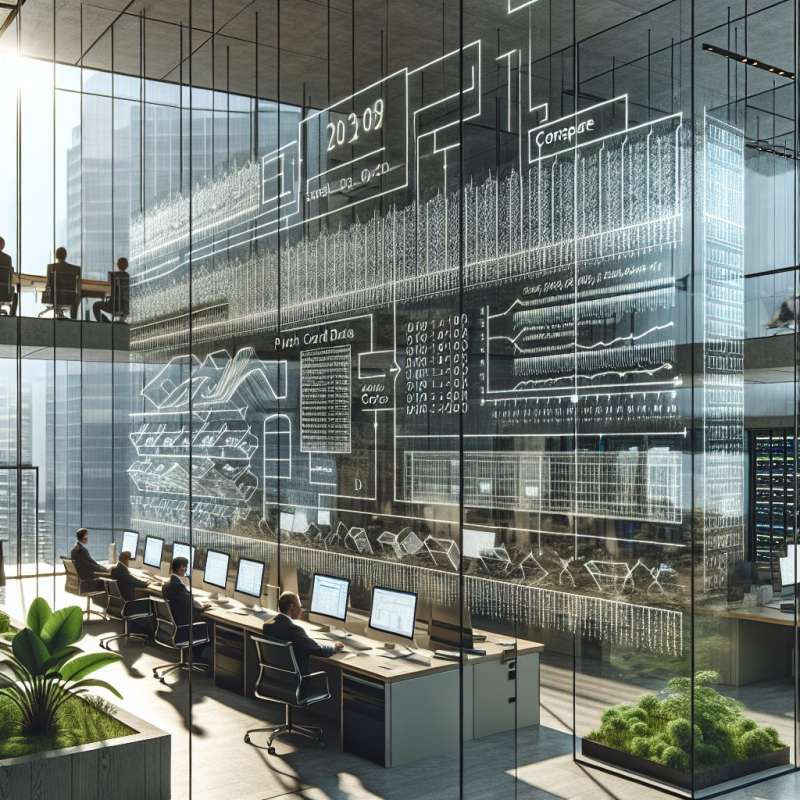
Understanding Partition Basics
Partition refers to dividing something into parts or sections. In computing, it commonly describes the subdivision of a hard disk drive. Different partitions can hold different file systems, aiding organization and efficiency.
Partition Historical Evolution
The concept of partitioning has evolved with computing. Initially, partitions were used to separate operating systems. Today, they also help manage information, improve performance, and isolate data for security purposes.
Types of Disk Partitions
There are primary, extended, and logical partitions. Primary partitions can host operating systems. Extended partitions act as containers for logical ones, which can host files, but not operating systems, overcoming the primary partition limit.
Partition Tables Explained
Partition tables, like MBR and GPT, are systems that define how partitions are organized on a disk. MBR is older with a 2TB limit, while GPT is modern, supporting larger disks and more partitions.
Partitioning and Performance
Partitioning can improve performance. For mechanical hard drives, it can reduce seek time. For SSDs, it can minimize write amplification, potentially increasing the drive's lifespan.
Unexpected Partition Uses
Beyond organizing data, partitions can be hidden for security, used as RAM via swap partitions, or even simulate additional drives for testing software in isolated environments.
Partition Recovery Process
Accidental deletion of partitions doesn't erase data immediately. Recovery tools can often restore partitions and their data, but success depends on prompt action and not overwriting the space.
What does 'partition' mean in computing?
Data encryption process
Division of hard disk
Network subdivision method
Company